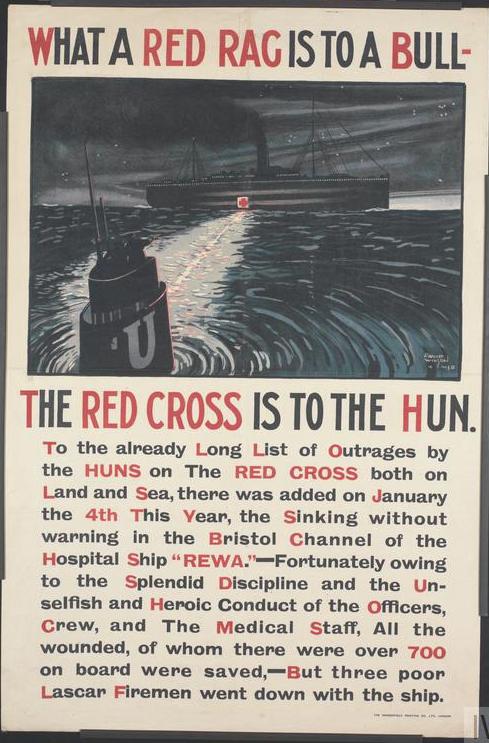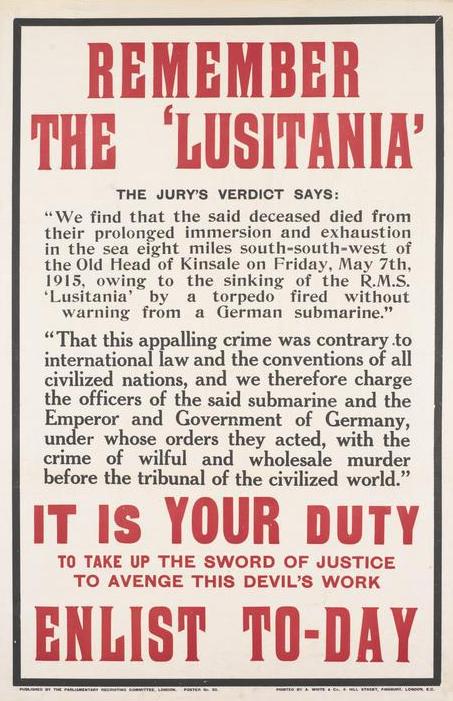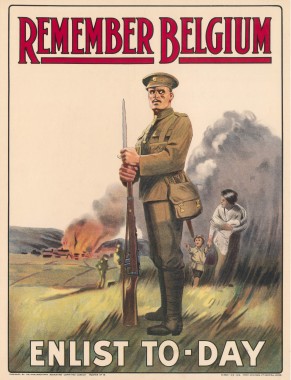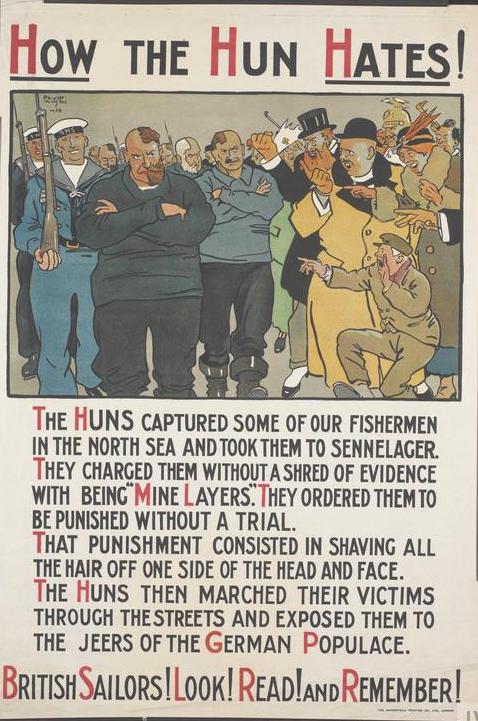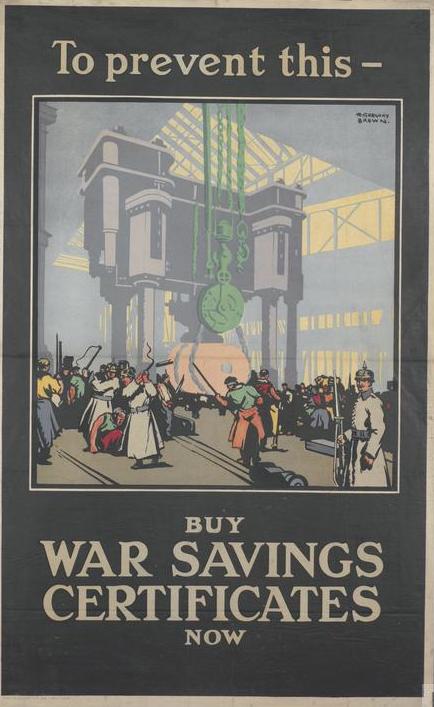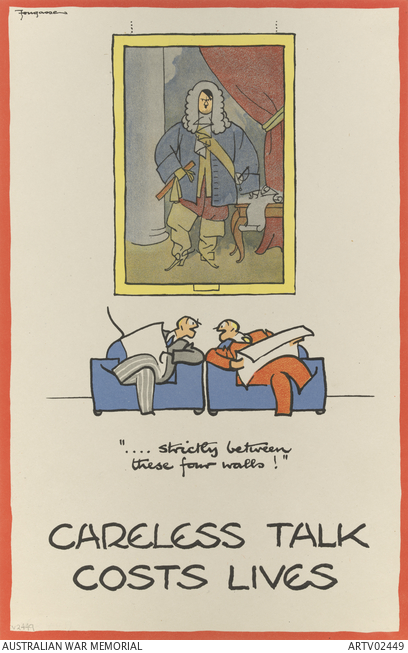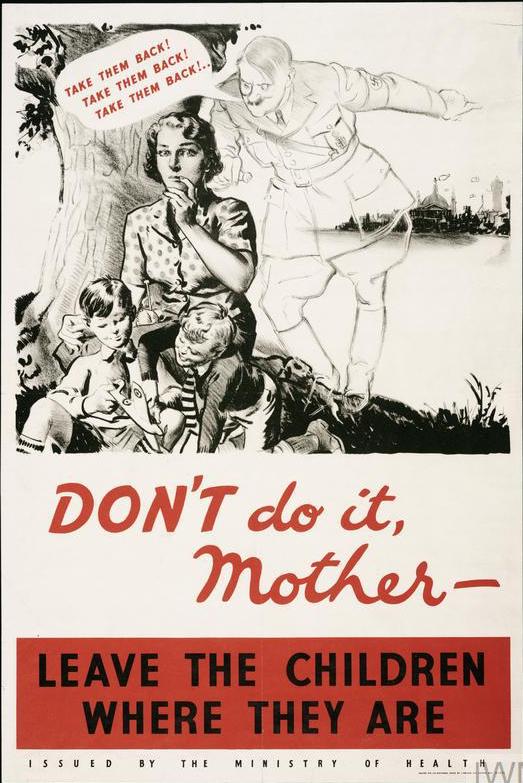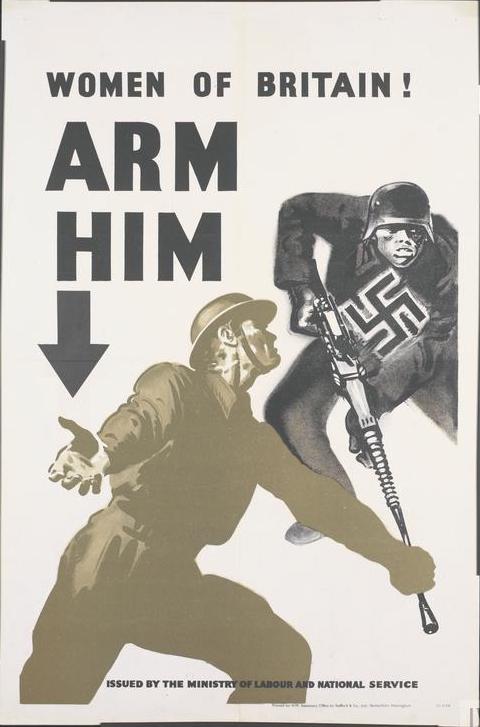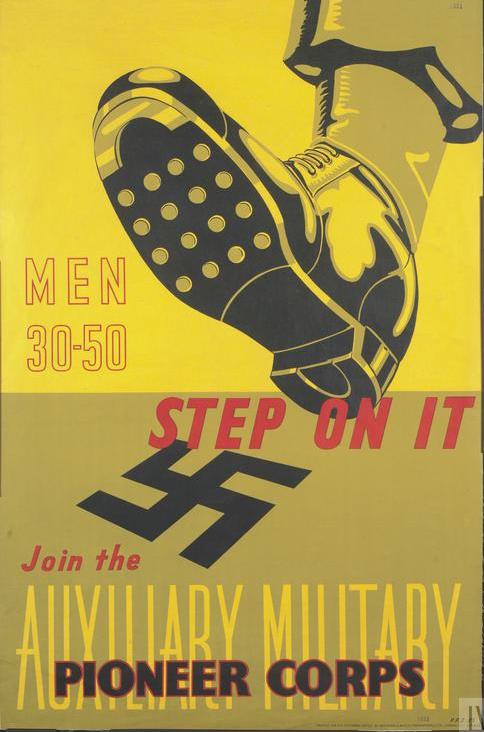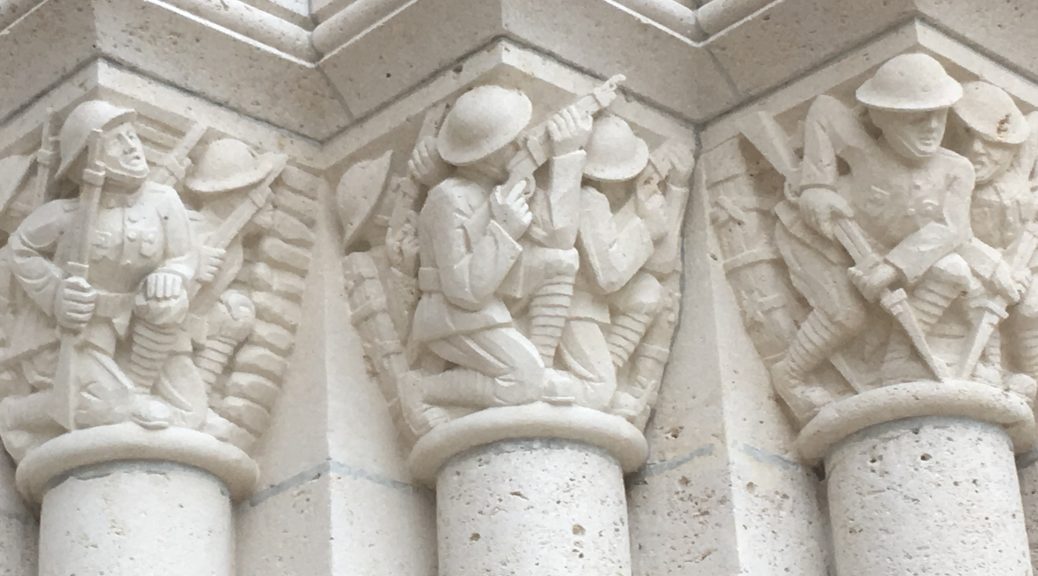THIBAUD HESRY
Keywords
Civil War, Reconstruction,
Review
Ron Chernow, Grant, New York: Penguin Press, 2017
____________________
The scholarly literature on the forty-five men who have became presidents since 1789 flourishes today. Some like George Washington, Abraham Lincoln or John F. Kennedy maintain a steady attraction and inspire more studies than others due to their auras and fates but, broadly speaking, almost no president actually leaves observers indifferent.
From the point of view of today’s scholars and lovers of historiography, what is striking about these political figures is the variations that appear over time in the way they are perceived and described. Enjoying a bright reputation during his career and lifetime does not protect a president from future, less positive reassessments. Similarly, an unpopular president may benefit from later studies. Scholars’ analysis can put a president’s reputation on see-saw from one decade to another. And the see-saw itself can become a topic keeping interest in the president alive.
Take Ulysses S. Grant, 18th president of the United States. Grant does not really benefit from the great aura that would make him a frequent topic in class rooms. He is not a particularly popular figure nowadays. His military career gets summarized with the term « butcher, » and his political career is connected with “corruption,” “butcher.” « Drunkard » is a term attatched to both great periods in his public life: not the ingredients of a flattering portrait. Yet those interested in the Civil War and post-Civil War eras know that Grant was, in the late 19th century, a popular man, a lauded figure and a military hero. He was famous and popular as the commanding general of the UnionArmy against the Confederacy. He gained an indisputable aura which enabled him to serve two terms as president. One million American citizens witnessed his funeral parade. But that aura has now lost its gloss. Grant has almost become ananonymous. How did such a drift in opinion happen? Did the History the United States commit injustice leting a pivotal figure down?
In the post-war years, in the North, Grant was eulogized as an American hero. That comes as no surprise. But surprisingly, he also benefited from a significant reputation in the Southern states. Most southern generals and commanders – some of whom he encountered as early as West Point or during the American War with Mexico – respected Grant. Grant was not loathed by the former rebels. Meanwhile, his personal outlook concerning the future of the United States embraced a careful and even friendly approach towards the Confederate states and their inhabitants. The Confederacy had to be crushed but the Union would need to reintegrate these secessionist territories. Thus, in spite of his brutal tactics on the battlefield, Grant was a prominent champion of leniency towards Confederates during the war and of reconciliation after.[1] He thought this approach was the best way to make all tensions disappear between the North and the South.This is why the terms of surrender he imposed at Appomattox were perceived as magnanimous, and inadequately severe in the eyes of some Northerners. This burnished his image in the South, where newspapers praised his “soldierly good faith” and forgiving attitude towards those he had fought.[2] In1868, after the Republican Convention had chosen him as the party’s candidate, he endorsed the party’s platform while reiterating his desire to see a complete national reunion and reconciliation. The final words of his speech read “Let Us Have Peace,” a phrase used by the Republicans as a slogan during the electoral campaign.[3] Grant’s position explains why Southern papers were favorable to the former general’s presidential candidacy. Despite his affiliation to the RepublicanParty – which appeared then as the nemesis of Southern causes –, they saw him as a non-party candidate, whose only wish was to see peace and unity restored [4] Throughout the United States, the figure of Grant inspired respect and admiration.This was the case in prosperity, but also in tough times like the beginning of the Long Depression in 1873, that opened his second term.
Such positive feelings towards Grant underwent a serious blow after his death in 1885, especially from late 1890s onwards as one version of old Southern pride gave birth to the « lost cause » discourse. It is around this time that the most common criticism against Grant gained popularity, even among those who were not true partisans of this revisionist narrative.[5] The victorious general became a butcher, whose lack of military skill had been compensated for by an overwhelming superiority in resources and number of conscripted men. The seemingly quiet man was first and foremost a confirmed alcoholic. And the respectable public figure became an anti-Semitic amateur soldier and a corrupt politician.
Since the end of the nineteenth century, a whole array of pamphlets, articles and books have told the story of General Grant spreading a certain view of him. The point of this review is not to list all of them. Rather, we can summarize the most salient historiographical trends and the narratives they promoted. Historian Ethan S. Rafuse set out to do this in an article published in 2007, “Still a Mystery? General Grant and the Historians, 1881-2006.”[6] As the title indicates – paraphrasing a quote from General William T. Sherman –, Rafuse stated that Grant was a mystery, around whom still revolves conflicting opinions and images. First respected and even eulogized by southerners, Grant’s actions and decisions were soon criticized by the backward lookinf lost cause discourse around the turn of the century. Several historians, notably, Bruce Catton, tried to redeem Grant’s reputation after World War II. According to Rafuse, as a result of these scholars’ efforts, “by the time of the Civil War Centennial in the 1960s, Grant had, at least in scholarship, been restored to the high place he held in the hearts of his countrymen at his death and was once again recognized as one of history’s truly great captains.”[7]
Yet, the backlash continued now and then and multiple historians clashed over his legacy. Writing in 1973, historian Martin E. Mantell found it regrettable that “the major role that Grant played in the postwar years has been too little appreciated, the generally accepted opinion of him being reflected in Avery Craven’s recent description of ‘a pathetic, bewildered, shuffling figure whom others used for ends he never understood.’”[8] Meanwhile, works like William S. McFeely’s acclaimed biography published in 1981 reused the “butcher” argument and proposed a darker narrative of Grant’s life and successes.[9] Nonetheless, the last decades have seen the publication of a scholarly literature has given a brighter portrait of the general, reassessing Grant’s qualities and legacy once more. Overall, it appears that the figure of Grant is a recurrent bone of contention especially among American presidents. And though scholars may have finally abandoned the Manichean mindset and found a middle ground between the glamorized image of Grant in the glow of victory, and the fundamentally negative critics that came afterwards, we cannot be sure this new nuanced vision will last. “America’s most reconsidered General” – as Phil Leigh, “an armchair Civil War enthusiast” put it in an article published on the website of the New York Times – still remains indeed a “mysterious” figure for scholars.[10]
It is in this context of warmer reassessment of Grant’s achievements and legacy that Ron Chernow – already author of acclaimed biographies of Alexander Hamilton and George Washington – proposed his narrative and vision of Ulysses Grant’s life and career.
The introduction makes clear that Chernow set out to follow in the line of recent historians’ brighter reassessment of Grant’s career and legacy. He hints at the necessity of reevaluation in order to have a faithful image of the man, as general and as president.[11] By presenting his own narrative of Grant’s entire life, Chernow tries to give a new portrait of the general and clarify the most prominent traits of his life and personality, whether these traits are positive ones or not. In doing this, from Grant’s reputation of “butcher” at war, to the never-ending accusations of corruption during his presidential administration coupled with a notion that Grant gave little consideration to African-American people, Chernow does not shy away from tackling the trickiest, most discussed and most damning aspects of a long public life. In other words, he shows a blatant will to rectify these biases when they appear false and unfair to him, but he also seeks to explain Grant’s flaws instead of repeating hackneyed prejudices.
Chernow must deal of course, with the double accusations of “butcher” and “bad general.” It is true that Chernow reminds the reader that Grant did not seem predisposed to the army life he came to embrace in his adult life. The young student Ulysses had convincing results in subjects such as mathematics but did poorly in military subjects. Nonetheless, decades later, he found himself commanding successfully vast armies during the Civil War. Even after his victories, which led to the South’s defeat, Grant’s skills as commander have been questioned and debated, even today. The main case for accusers, among whom lost cause supporters, has been that “he had merely been the lucky beneficiary of superiority in men and resources.”[12] Chernow points out, however, that “the plain fact was that six Union commanders before him had failed, with the same men and materiel, whereas Grant had succeeded.”[13] Of course, this leads to the other, « butcher, » side of the criticism. Grant’s detractors come at him with the charge that he was a butcher who reached victory through careless and brutal tactics causing needlessly heavy losses on both sides of the battlefields. Chernow uses several arguments to justify Grant’s military approach and debunk this “butcher” theme. Early on, Chernow explains, Grant had no enthusiasm for violence of any kind: for hunting, fighting and of course war. During the Mexican War, Grant had his “first unforgettable taste of the horrors of combat,” and “experienced no schadenfreude as he observed Mexican troops surrender, only infinite pathos for their miserable plight.”[14] This same sympathy and its accompanying magnanimity would appear years later when he faced Confederate armies. Though he demanded unconditional surrender from his enemies, he never went further, and ordered that all prisoners be treated well. This attitude promted Chernow to remark that “once again the man badly stereotyped as a butcher showed more sensitivity towards his fallen adversaries than his colleagues.”[15] What Chernow emphasizes throughout his book is that Grant cared for all the soldiers involved in the conflict, whether they fought for the Union or not.[16] Furthermore, Grant was aware of what war was and what he had to do to obtain victory against his opponents. This means that he had no idealized view of the conflict, made sober speeches which “[stripped] away romantic flourishes from military rhetoric” and “didn’t whoop with delight over enemy losses” even after a military triumph.[17] Of course, today, his detractors still mention his use of a “total war” style during the Civil War with its inevitable brutalities. But as Chernow puts it:
The caricature of Lee as elegant and faultless whereas Grant was a clumsy butcher misses the point that Grant had much the harder task: he had to whittle down the Confederate Army and smash it irrevocably, whereas Lee needed only to inflict massive pain on the northern army and stay alive to fight another day.[18]
Grant’s only option was to push the southern states into a situation where they would have no choice but to surrender, hence the need for his armies to display this more aggressive approach. In another conflict with another objective, Grant – but also Sherman – may have used a different strategy and avoided the accusations of being butchers.
Another inevitable and important point Chernow must address is the relations Grant had with African-American people. Chernow said in the introduction that the general is still remembered as not particularly carring for this group. But what appears throughout Chernow’s work is that Grant was actually very concerned by the conditions of Black people and criticized the institution of slavery. Furthermore, African-Americans themselves were aware of this and acknowledged his role in their struggle to have more rights. Born to a strongly abolitionist father, Grant growingly became himself an opponent to slavery. This would cause much trouble with his wife’s family: slave owning and anti-Yankee. This situation gave Grant the opportunity to display his aversion for slavery explicitly. He swore he would free his father-in-law’s slaves if they came into his possession – a promise he eventually fulfilled.[19] During the war he gradually understood that Unionism and abolitionism were more and more linked, which reinforced his opinion that slavery needed to be suppressed in the country. Before the Civil War, it is unclear if he wanted to see African-American people have the exact same rights as white people. According to Chernow, it is during the conflict that Grant’s mind shifted towards the idea of a full voting citizenship for former slaves. Employing contrabands and helping runaway slaves, he soon expressed the will to arm “Negro soldiers” and have them fight alongside the white troops.[20] After the war, his image as a champion of African-American people was further strengthened. After the tragic racial violence during the Memphis riots of May 1866 and in the absence of a response from President Johnson, as military commander he gave orders to protect more former slaves in the Southern states – and fight groups such as the Ku Klux Klan. Thus, “in the face of a recalcitrant president, Grant was rapidly emerging as the foremost protector of persecuted southern blacks.”[21] Two years later, chosen as Republican candidate for the presidency, he endorsed a platform that committed to “black equality before the law and the right of freed people to participate in southern politics.”[22] This commitment to the African-American population was reaffirmed by Grant in his inaugural address as he spoke of the necessity to ratify the Fifteenth Amendment by which the right to vote was eventually extended to non-white people and former slaves. Chernow explains, Grant also appointed several African-American men to diplomatic positions – for the first time in American history – such as Ebenezer D. Basset who became minister to Haiti, but he also hired numerous “ordinary blacks” in the federal bureaucracy.[23] Despite this, there were still occasional rumors and scandals over Grant’s supposedly unfriendly attitude towards African-American people. For instance, there had been allegations that Grant snubbed Frederick Douglass during a dinner with commissioners, allegations that Douglass himself denied.[24] Douglass proved to be a faithful ally of Grant, and Chernow refers multiple times to the admiration Douglass displayed for the former Union general. When evoking the endorsements Grant received from the Black community during the 1872 campaign – among which there was the support from the leaders of the Convention of Colored Citizens of New England –, Chernow writes:
By far the most important black endorsement came from Frederick Douglass, who actively campaigned for the president. […] For Douglass, Grant was the general who had effected with the sword Lincoln’s emancipation policy, then extended those gains by backing the Fifteenth Amendment. “To Grant more than any other man the Negro owes his enfranchisement,” Douglass stated.[25]
Therefore, it seems clear that Grant’s relationships with African-American people have been largely misunderstood and minimized. While some have tried to picture him as another white man inherently uninterested by the struggles of people of color, Chernow aims at proving the contrary. Chernow claims that “Grant deserves an honored place in American history, second only to Lincoln, for what he did for the freed slaves.”[26]
Another point that is sometimes linked to Grant’s relationship with Black people is his supposed antisemitism. It is easy to charge the general with such accusations in regard of the General Order No.11 he issued during the Civil War, in December 1862. This order written in the context of struggles against the black market, all Jews – considered as a “class” – were expelled from the district under Grant’s command, i.e. an area covering parts of Tennessee, Mississippi and Kentucky. Chernow does not try to clear Grant’s name or pretend this order was not blameworthy. Rather, he explains how Grant tried to make amends with the Jewish community after the war as well as the extent to which this community endorsed him in spite of what he had done. During the 1868 campaign, after stating that he regretted his wartime decision and meeting with Jewish personalities, he received the support and vote of a majority of Jews. As with African-Americans and also with Native Americans, Grant appointed Jewish people to federal positions. Furthermore, he reiterated his wish to be forgiven by this community, hence his decision to attend the dedication of a synagogue in Washington in 1876.[27]
The accusations of alcoholism are another frequent charge against Grant. In Chernow’s biography, this is a theme appears in almost every chapter. Alcohol seems to have always been a threat to Grant since early adulthood. Sobriety was jeopardized when Grant was far from his wife Julia for any long period. Something that often happened because of his military service. Chernow corroborates that the man who later became a national hero was indeed a drunkard at times and that his career could have ended prematurely as a result of this. Yet, he also emphasizes – contrary to other studies – that Grant sought help and eventually managed to control his urge to drink. Two persons helped him in this long struggle: his wife Julia and his aide-de-camp and trustworthy friend John Rawlins. The positive influence Rawlins had during the war and afterwards is certain, as Grant’s tendency to drink seemed to have completely disappeared when Rawlins was by his side. While the accusations never ended, the presence of these two persons enabled him to stay strong. Rawlins’ untimely death in 1869 could have disrupted this victory over alcohol, but Chernow is adamant that Rawlins’ influence – with Julia’s presence – helped him to remain sober. Rawlins’s influence was broader than the mere question of temperance. Appearing as the only person Grant could rely on blindly, he is portrayed by Chernow as a safeguard against all the attacks the general could face concerning his public image and reputation. Chernow also suggests that his presence during Grant’s presidency could have been helpful:
With his unrivaled candor, Rawlins had occupied a special niche in Grant’s life that nobody could re-create. Selflessly protective of Grant’s reputation, Rawlins would have warned the president against predatory, designing figures who encircled him in Washington. He would have detected wrongdoers and been a stalwart voice against corruption, elevating the ethical tone at the executive mansion. With Rawlins gone, Grant lacked that one trusted adviser upon whose judgment he could implicitly rely. Stung by criticism, Grant would retreat into silence and lick his wounds. Rawlins might have penetrated that reserve. Into the vacuum left by Rawlins moved crafty, cynical politicians for whom the credulous Grant was often no match.[28]
It is interesting to highlight this passage, because it can lead us to the overshadowing question of flawed statesmanship that haunts Grant’s image. Chernow’s allows us to see the numerous flaws Grant displayed during his two terms. Yet, Chernow invites us to see the reasons behind them, and he does so from the very beginning thanks to his analysis of Grant’s personality, his approach to power and how he handled his relationships. Concerning his personality, Chernow often resorts to the terms “naïve” or “credulous” and even mentions the “guileless nature” of Grant, the same nature that would endanger his financial situation at multiple times as he embarked in numerous business mishaps – which were prompted by Grant’s obsession with the issue of his family’s financial security.[29] In this regard, the accusations of corruption become less easy to deal with. Surely, Grant made mistakes, but they originated in his character. Chernow writes that “his sin was one of naïveté, not malice or lack of scruples,” that “he could not imagine subordinates guilty of sleazy behavior” and highlights the “[irony] that Grant’s presidency became synonymous with corruption, since he himself was impeccably honest.”[30] Chernow even states that “Grant had the misfortune of presiding over America in the corrupt Gilded Age,” meaning that this was not the man who was responsible for these flaws and mistakes but rather that he was a victim of the overall social, economic and political environment.[31] On multiple occasions, Grant is described as a man who abhorred favoritism and nepotism . As a young man, h wished to become colonel and “head a regiment or cavalry brigade” thanks to his merit only. Later as a politician he wanted to get rid of the spoils system.[32] But the cynicism of his era – and his personal misfortunes – made him gradually change his mind. That’s how “he ended up willy-nilly a captive of the spoils system,” “decided to reward loyalty above ideology” and displayed his fidelity to his own family and friends, thus resorting to nepotism.[33]
The last point is worth mentioning regarding the portrait Chernow draws in his biography concerns the issue of Grant’s political ambition. This is perhaps the biggest gray area in Chernow’s study, since we are never sure of Grant’s stance towards power. Was he really a “helpless casualty of his own fame” from military successes?[34] Was he sincere when he claimed he had no political ambition and would be pained to see his name in connection with a political office?[35] Or did he just seize the opportunity when it appeared before him? Until the end of the Civil War, Grant is described as a truly modest man, lacking political ambition and refusing to be seen as a potential presidential candidate. Yet, it is never clear afterwards whether he really wanted to have political weight or if it just so happened and he could not refuse it. The most jarring element is how Grant suddenly viewed himself as the only one able to unify the North and the former Confederacy by using his aura and the respect Southern leaders had for him because of his magnanimity during the war.[36] At the same time, he did not seem to really want the presidency since he expressed the wish to remain in the army. At the same time, he did not refuse his nomination by the Republican Party. Once elected, he felt as if the presidency had come to him in spite of himself. At the end of his first term, he hesitated at the prospect of a second one, but once again his prestige made him the perfect candidate for the Republicans. Years later, after a long trip around the world following the end of his second term, he came back to the United States and became once more a potential candidate despite the informal two-term limit. Only the surprising victory of James Garfield at the Chicago convention prevented him from running for a third term.[37] In the end, the only sure thing is that Grant’s closest friends – Rawlins and Sherman – always disapproved of his rising interest in political matters, fearing he would be corrupted by power.[38]
It is interesting to notice that Chernow uses the same quotation as Ethan Rafuse in the very last pages of his book. Indeed, in the last paragraph but one, he also mentions Sherman’s statement that “Grant was a mystery even to himself, a unique intermingling of strength and weakness such as he never encountered before.”[39] Ironically, these words, repeatedly quoted, stress that even those who knew Grant best could not understand him completely. As Chernow reminds us several times in his biography, Grant was an introvert and kept many things to himself, an inheritance he attributed to his mother.[40] Thus, it comes as no surprise that Grant’s closest friends could be surprised and doubt of their knowledge about him. Even when he finally decided to write his memoirs he did so at Mark Twain’s insistence and and the prospect of providing a source of money to his family, rather than from a genuine will to open up to the public. In the work, Grant deliberately remained mute on some aspects of his life. Some of these are understandable like his embarrassing relationship to drink, but others are more curious such as the absence of John Rawlins who was yet certainly his most loyal friend. Because of this silence, which stems from his very personality, Grant did not provide us with the key to the “mystery.”
As said earlier, many historians have tried to unravel this mystery. Perhaps because Grant is a pivotal figure in America’s darkest and most divisive period, the opinions about him have become just like his “total war” strategy: uncompromising, all-or-nothing. Thus, when he has not been idolized, he has suffered from biased, ideological revisions that have sometimes been adversarial by definition. The lost cause arguments fall into this category. Even today, historical discussions about the Civil War and the post-war years can lead to stormy debates. In a sense, Ulysses Grant has become the victim of his own divided time. Recent studies like Chernow’s book may finally have abandoned a Manichean mindset and freed themselves of ideological discourse. Perhaps the Union general can hope to see his former reputation – at least partially – restored in historians’ but also in the people’s minds.
[1] In an article published in Francis Trevelyan Miller’s Photographic History of the Civil War, William Conant Church – a journalist who served as Lieutenant-Colonel during the Civil War for the Union in the United States Volunteers – wrote the following: “Numerous circumstances in the life of Grant illustrate his consideration for others. At Vicksburg, Mississippi, where over thirty thousand Confederates surrendered to him, July 4, 1863, he directed his exulting troops ‘to be orderly and quiet as the paroled prisoners passed’ and to make no offensive remarks. The only cheers heard there were for the defenders of Vicksburg, and the music sounded was the tune of ‘Old Hundred,’ in which victor and vanquished could join. The surrender at Appomattox, Virginia, April 9, 1865, was characterized by almost feminine tenderness and tact, and a sympathetic courtesy toward the conquered so marked that an observer was moved to ask, ‘Who’s surrendering here, anyway?’” William Conant Church, “Ulysses Simpson Grant,” in Francis Trevelyan Miller, Photographic History of the Civil War in Ten Volumes, New York: The Review of Reviews Co., Vol. 10 (1911), p. 32
[2] Ron Chernow, Grant, Penguin Press (2017), p. 553
[3] Letter from Ulysses S. Grant to Ge. Joseph R. Hawley, President National Republican Convention, dated May 29th, 1868. The letter can be found here: http://www.sonofthesouth.net/union-generals/ulysses-s-grant/ulysses-grant-letter.htm
[4] Martin E. Mantell, Johnson, Grant and the Politics of Reconstruction, Columbia University Press (1973), p. 41
[5] William Conant Church praised Grant’s presidential record but seemed to question whether Grant truly controlled the situation and knew what he was doing: “During his stormy period of civil administration. Grant was like a landsman tossing upon an angry sea who makes his port by virtue of the natural drift of the winds and tides rather than through his skill in navigation.” William Conant Church, “Ulysses Simpson Grant,” in Francis Trevelyan Miller, Photographic History of the Civil War in Ten Volumes, Vol. 10 (1911), p. 350
[6] Ethan S. Rafuse, “Still a Mystery? General Grant and the Historians, 1881-2006,” The Journal of Military History, Vol. 71, No. 3 (Jul., 2007), pp. 849-874.
David W. Blight makes another summary of the historiographical debate around Grant in his article “The Silent Type,” published on the website of The New York Review on May 24th, 2018. Link: https://www.nybooks.com/articles/2018/05/24/ulysses-grant-silent-type/
[7] Ethan S. Rafuse, “Still a Mystery? General Grant and the Historians, 1881-2006” (2007), p. 851
[8] Martin E. Mantell, Johnson, Grant and the Politics of Reconstruction (1973), pp. 2-3. Inner quote from Avery Craven, Reconstruction: The Ending of the Civil War, New York (1969), p. 275
[9] Rafuse asserted that the main reason for this shift was to be found in the context of publication. McFeely did not write in the aftermath of World War II like Catton, but in the post-Vietnam War years, i.e. “in a climate of cynicism and disenchantment with the American Dream and an acute sensitivity to the gap between its glittering promises and oft-tarnished reality.” Ethan S. Rafuse, “Still a Mystery? General Grant and the Historians, 1881-2006” (2007), p. 853
[10] Phil Leigh, “America’s Most Reconsidered General,” Opinionator section on the website of The New York Times, published on May 1st, 2013. Link: https://opinionator.blogs.nytimes.com/2013/05/01/americas-most-reconsidered-general/
[11] “Dismissed as a philistine, a boor, a drunk, and an incompetent, Grant has been subjected to pernicious stereotypes that grossly impede our understanding of the man.” In Ron Chernow, Grant (2017), p. xx
[12] Ron Chernow, Grant (2017), p. 516
[13] Ron Chernow, Grant (2017), p. 516
[14] Ron Chernow, Grant (2017), pp. 44-48
[15] Ron Chernow, Grant (2017), p. 326
[16] Chernow makes it clear that Grant did truly care for the soldiers under his command, a point that has to be put forward since previous studies had suggested the contrary. He mentions that Grant often spent time in camps with his men, but also that he made sure that medical facilities and care were available, such as with hospital boats. He even refers to Frederick Law Olmsted, secretary of the US Sanitary Commission, who inspected Grant’s camps and debunked the negative rumor, highlighting how soldiers seemed in high spirits with him. See Ron Chernow, Grant (2017), p. 246 and p. 278.
Cf. footnote number 1 on Grant’s consideration towards Confederate soldiers and the Appomattox
[17] Ron Chernow, Grant (2017), p. 127 and p. 181
[18] Ron Chernow, Grant (2017), p. 370
[19] Ron Chernow, Grant (2017), p. 106
[20] Ron Chernow, Grant (2017), p. 288-289
[21] Ron Chernow, Grant (2017), pp. 571-572
[22] Ron Chernow, Grant (2017), p. 616
[23] Thanks to this propensity to appoint African-American men, he received the support of George T. Downing of the National Convention of the Colored Men of America and of Frederick Douglass. See Ron Chernow, Grant (2017), p. 642.
[24] Ron Chernow, Grant (2017), pp. 718-719
[25] Ron Chernow, Grant (2017), p. 746.
[26] Ron Chernow, Grant (2017), p. 858
[27] It was the first time an American president ever attended a synagogue consecration and yet another instance of Grant atoning for General Order No. 11, his infamous war edict.” Ron Chernow, Grant (2017), p. 837
[28] For Chernow’s full account of Rawlins’s death and legacy: Ron Chernow, Grant (2017), pp. 667-671
[29] Ron Chernow, Grant (2017), p. 347
[30] Ron Chernow, Grant (2017), p. 678 and p. 728
[31] Ron Chernow, Grant (2017), p. 729
[32] Ron Chernow, Grant (2017), p. 131
[33] Ron Chernow, Grant (2017), p. 732. Chernow also notices that “when Lincoln employed patronage for political ends, which he did extensively, [the historians] have praised him as a master politician; when Grant catered to the same spoilsmen, they have denigrated him as a corrupt opportunist.” Ron Chernow, Grant (2017), p. 733
[34] Ron Chernow, Grant (2017), p. 558
[35] Ron Chernow, Grant (2017), p. 328
[36] Ron Chernow, Grant (2017), pp. 614-615
[37] See Ron Chernow, Grant (2017), pp. 902. Chernow highlights the fact that Grant was ahead in the vote after the first ballot.
[38] Chernow evokes a growing “schism” between Sherman and Grant and notes Rawlins’s comment on Grant’s supposed vanity with the adulation people demonstrated towards him. See Ron Chernow, Grant (2017), pp. 328-330 and p. 339
[39] Ron Chernow, Grant (2017), p. 958
[40] Chernow explains as soon as the introduction and the first chapter how the “unadorned” Grant “modeled himself after his mutely subdued mother, avoiding his father’s bombast.” See Chernow, Grant, p. xx and p. 6
Thibaud Hesry is currently involved in research on the American Civil War and the Reconstruction period at Paris Diderot University.





